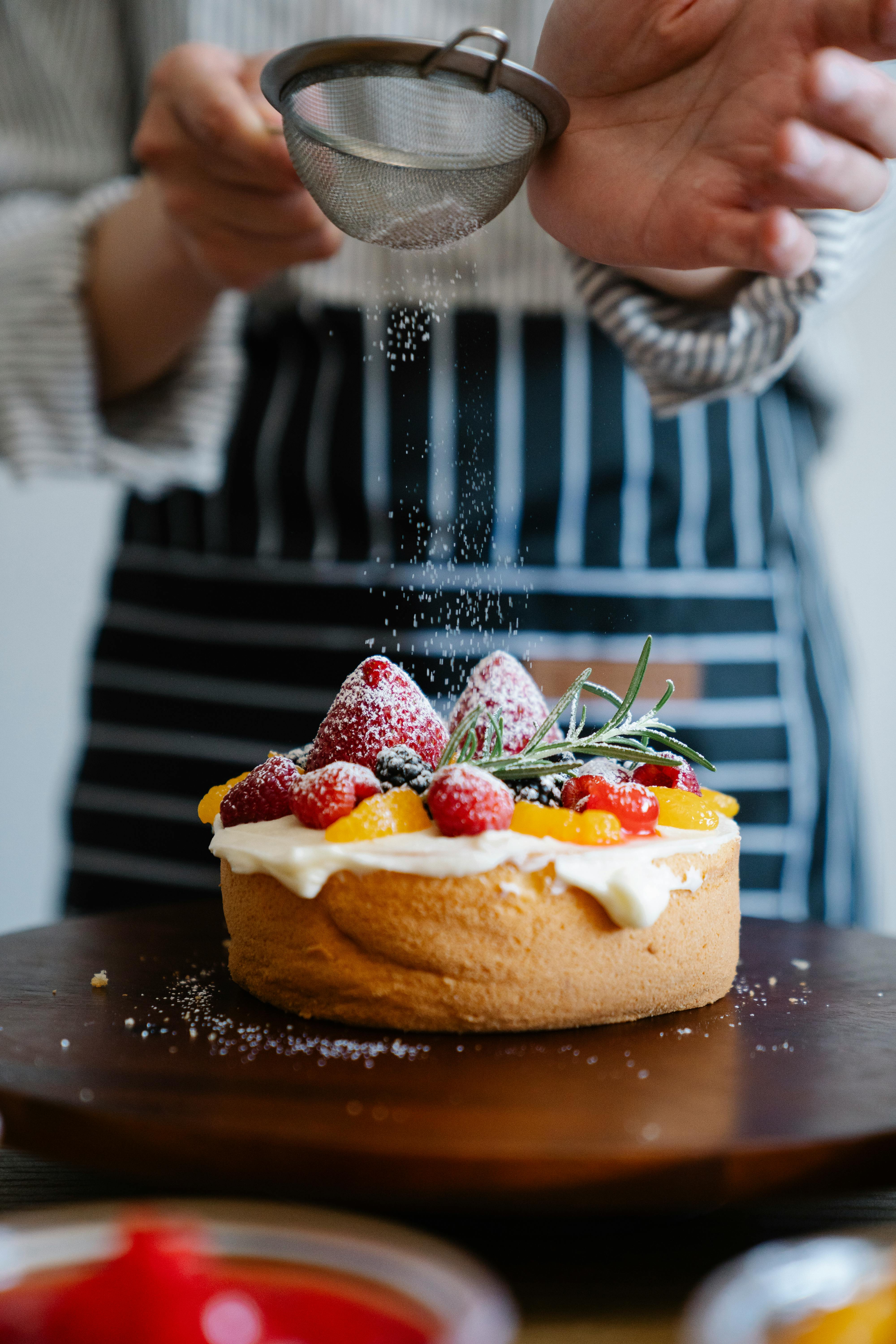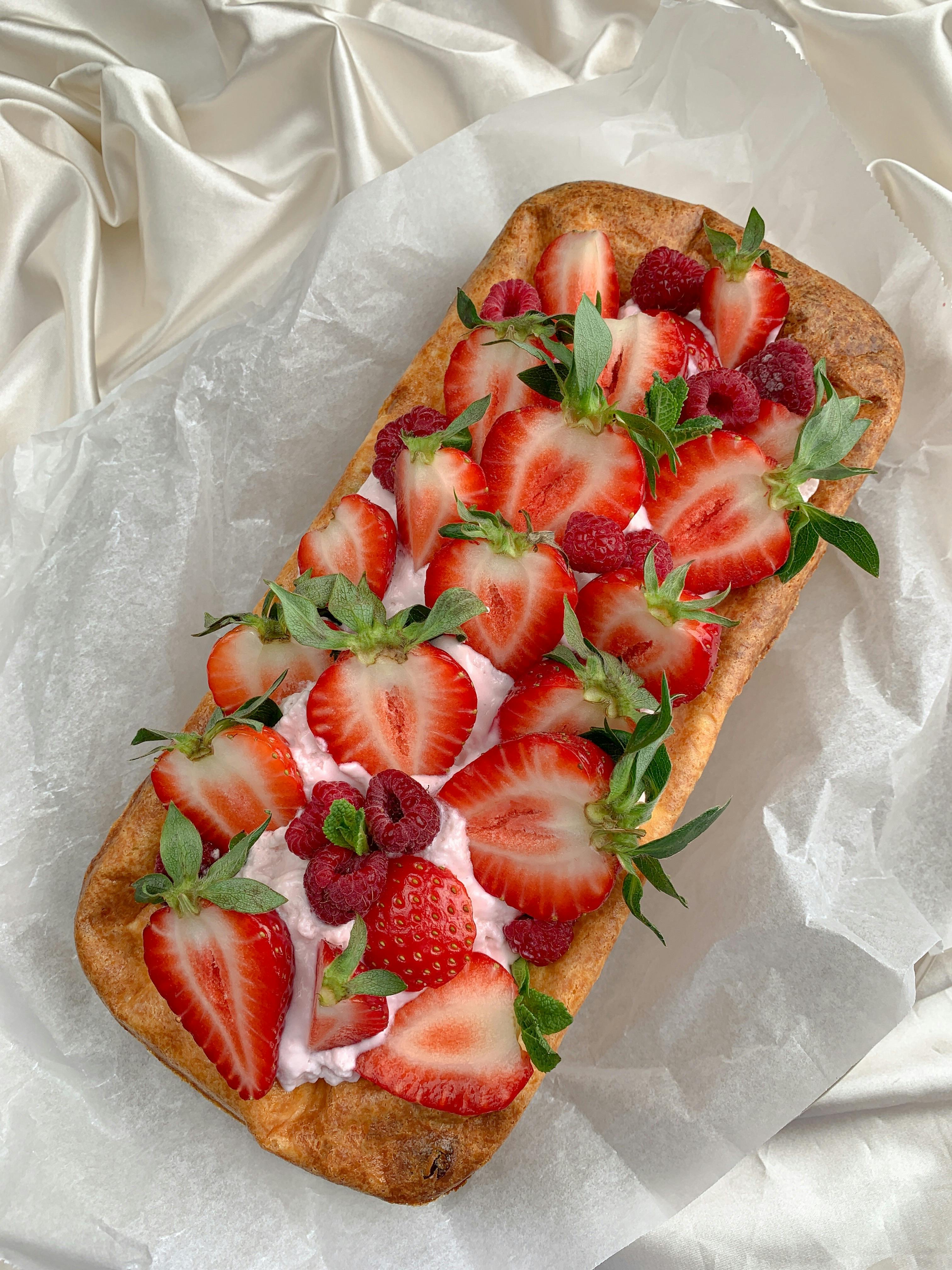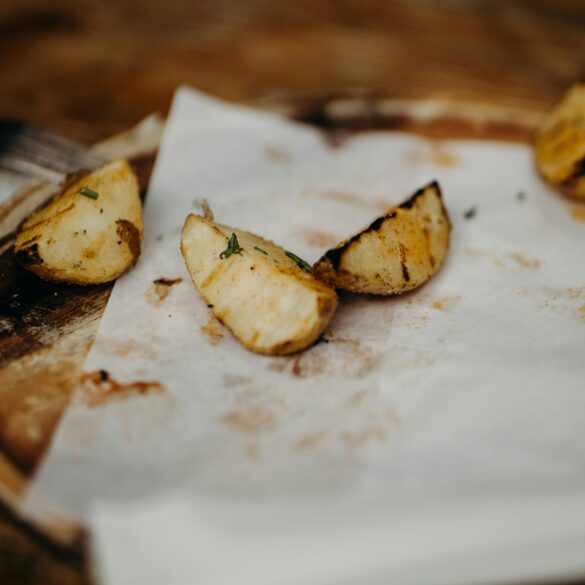Perfect Prinsesstårta: Sweden’s Expert Baking Secrets Revealed
Funny thing is, few desserts command such cult-like devotion in Sweden—at least among the local pastry fans I’ve encountered—quite like the prinsesstårta or Swedish Princess Cake. Honestly, the first time I tried to make one at home, I underestimated every step. The result? It looked…well, like something between a festive pancake and a lopsided pillow. Not quite Instagram-worthy. Yet, having spent time baking alongside Swedish friends and poring over every morsel of culinary wisdom from Stockholm’s legendary konditori (pastry shops), my approach today is radically different. Let me show you how to move past those common blunders and into the realm of bakery-level perfection—every single time. This is not just a cake. It’s an edible icon, a Swedish rite of passage, and one of the most rewarding challenges any home baker can attempt. If you haven’t baked one yet, let that sink in for a moment: how often do you get to make a dessert with *royal* connections and generations of family tradition swirling with real whipped cream?
Prinsesstårta: Swedish Royal Legacy
Back when I first learned about prinsesstårta, I simply thought it was a pretty green cake. Turns out, it’s steeped in royal Swedish history. Created by legendary Swedish pastry chef Jenny Åkerström in the early 20th century, the cake was a favorite among the three princesses of the Swedish royal family—hence “prinsesstårta.”1 The original recipe? It’s been tweaked through decades, but certain non-negotiables remain: airy sponge, thick vanilla custard, heaps of whipped cream, and a dome of pastel-green marzipan, crowned with a single, blushing marzipan rose.
I was a bit skeptical at first—how could a cake truly embody a country’s culinary spirit? But having celebrated Midsommar and family birthdays in little Swedish kitchens, I get it now: Prinsesstårta is so much more than visual appeal. It’s a multi-textured experience that’s about balance, patience, and real technique.
Sweden celebrates Prinsesstårtans dag (Princess Cake Day) each September—the entire country indulges in this sugary green dome, with bakeries reporting a spike of up to 300% in prinsesstårta sales.2
Ingredient Selection and Why It Matters
Honestly, I’ve seen more home bakers trip up here than anywhere else. Prinsesstårta is unforgiving—use subpar eggs, watery cream, or off-brand marzipan, and the cake will absolutely betray you. You’ll want the freshest, highest-quality eggs you can snag; locally sourced milk and cream (full fat only, please!); pure vanilla bean (not that cardboard substitute); and, for the marzipan, real almond paste with no artificial aroma. I’ve learned this the hard way—one disastrous birthday bake with cheap European marzipan that tasted like lipstick. Never again.
- Eggs: free-range or pasture-raised for flavor and volume
- Cream: 40% fat content—Swedish-style if possible
- Vanilla: whole bean or high-purity extract, not essence
- Marzipan: 30% almond paste minimum, avoid bittering agents
- Flour: unbleached cake flour for ideal texture
On second thought, let me clarify: it’s not about ingredients being expensive, but about treating each component with respect. I once skimped on the cream, subbing in a lower-fat alternative—my cake collapsed. What a difference these little choices make.
Essential Techniques for Flawless Layers
Here’s where things get interesting—and, honestly, where I see the most newcomers struggle. Prinsesstårta is deceptively simple. Sure, anyone can follow a basic recipe, but what really sets a “wow” prinsesstårta apart is the technical finesse in crafting each layer. It’s not about brute force, but rather gentle coaxing. Let me break down each crucial element with the hard-won tips I wish I’d known early on.
Step 1: The Sponge Cake—No Room for Error
While many believe the sponge is just a vehicle for those glorious fillings, Swedish bakers know the sponge is the backbone. You want a genoise-style cake, springy and dry enough to handle heavy custard without sogginess. The real trick? Whipping eggs and sugar for 6-8 minutes until mousse-like, then *carefully* folding in sifted flour. Rush this and your sponge will be flat as a pancake. I need to revise my earlier point—it’s not just about technique, but vigilance. If you notice the batter starting to deflate, stop folding. Less is more.
- Preheat oven to an exact 175°C (347°F) — temperature matters.
- Line your pan (springform preferred) with parchment, never just grease.
- Let sponge cool completely before layering; chilling helps set structure.
Step 2: Custard and Whipped Cream—Consistency Is Critical
Ever notice how bakery prinsesstårta is never runny, even after hours on display? That’s because Swedish chefs use a thickened pastry cream (vaniljkräm) with a touch more cornstarch and sometimes gelatine. I’ve made the mistake of trusting “online shortcuts” more than once; you really need a custard that holds its shape under pressure, not a pudding that sighs and dribbles out. And as for whipped cream, I’ve come to adore the Swedish trick of chilling the bowl, beaters, and cream before starting. You want stiff peaks, not butter!
| Layer | Common Problems | Expert Solution | Personal Tip |
|---|---|---|---|
| Sponge | Flat, dense texture | Whip eggs longer, fold carefully | Use cake flour and test for “spring” |
| Custard | Runny, unstable | Increase cornstarch, add gelatine | Cool overnight before using |
| Cream | Weepy, melts | Chill everything, use 40% fat cream | Add a spoonful of crème fraîche for tang |
I used to fear over-whipping, but actually, whipped cream for prinsesstårta needs real structure—a tiny bit over is better than a bit under, which might sound counter-intuitive.
Step 3: Jam—Not Just a Sweet Filler
Younger bakers I’ve taught sometimes think any jam will do, but the traditional raspberry layer is critical for classic flavor, acidity, and balance. Homemade jam? If you have time, yes! If not, choose one that’s slightly tart and not too runny. Those extra moments to cook down fresh berries—Swedes know this makes all the difference.
Assembly: Avoiding Disaster and Achieving Elegance
This is where home bakers start sweating. I know I did. Assembly is the “high wire act” of prinsesstårta, and if you’re nervous, don’t blame yourself—it’s challenging! What really strikes me is how much technique-and-patience is needed. You’ve got three hydrated, sticky sponge layers, creamy custard, billowing whipped cream, and a delicate marzipan sheet that loves to tear at the very last second.
- Always brush sponges lightly with simple syrup—adds moisture, prevents dryness.
- Layer in the exact order: sponge, jam, custard, sponge, whipped cream, sponge, dome of cream.
- Chill between layers if in doubt—cold helps everything stabilize.
- Roll marzipan between two sheets of parchment for even thickness.
- Drape marzipan GENTLY; patch tiny tears with your fingers or a bit of extra marzipan.
Take a second to consider: most cakes can be fixed with icing. Prinsesstårta? Not so much. Every step matters and, trust me, those moments of near-collapse are part of the learning journey. Even Swedish grandmas (I know from experience) admit marzipan dome failures happen to the best of us.

Troubleshooting: Fixing Real-World Prinsesstårta Problems
Even after years of baking, I’ve faced so many prinsesstårta mishaps that I’ve made a running list (and, funnily enough, shared it at a Swedish baking class in Malmö last year). You follow the instructions perfectly—and still, something goes sideways. Here’s a guide that combines those rookie blunders with fixes straight from the Swedish pastry playbook.
- Sponges Sink or Crack? Overmixing was likely the culprit. Next time, just barely fold in your flour; Cake flour helps too.
- Cream Collapses? Your cream probably wasn’t cold enough. Pop your bowl and beaters in the freezer 30 minutes before whipping.
- Custard Too Thin? Use an extra teaspoon of cornstarch or add a sheet of gelatine; let it cool overnight.
- Marzipan Tears? Knead well, add a little icing sugar if sticky, and patch gently with surplus marzipan.
- Layers Slide? Chill each component. If you rush, you’ll end up with a cake-shaped Slinky.
- Don’t panic. Prinsesstårta is about mastery through practice.
- Patch, chill, and re-shape. Most mistakes can be camouflaged.
- Embrace the imperfections! Swedish friends tell me homemade “wonkiness” is a badge of honor, especially for new bakers.
I remember a time when I accidentally added lemon zest to the marzipan, thinking it’d brighten things up. Actually, it made the flavor almost medicinal. On second thought, I’d skip the zest and stick with tradition—sometimes, classic is king.
Swedish Insider Tips: Marzipan Magic and Seasonal Twists
Speaking of tradition, what really excites me about prinsesstårta is how Swedish bakers love to riff on the classic while respecting the essentials. My mentor in Gothenburg insisted you should never use artificial color for marzipan—just a drop or two of spinach juice for that subtle green. The annual Prinsesstårtans dag often inspires experimental versions: elderflower whipped cream, strawberry jam instead of raspberry, a dash of cloudberry for autumn.
- Use natural coloring—spinach or matcha for green marzipan
- Add a dash of kirsch or elderflower cordial for grown-up flavor
- Try lingonberry jam for a Nordic twist
- Shape marzipan roses by hand—watch YouTube Swedish bakers for authentic methods
- Finish with powdered sugar for a winter touch
What I should have mentioned first: always keep an eye on marzipan consistency. Drier climates make marzipan tear more easily, so use a misted towel over your rolling pin if baking outside Scandinavia.3 Climate really does impact pastry results.
Swedish marzipan is different from the German or French style—it’s higher in blanched almonds and often never contains bitter almond oil, making the flavor milder and less pronounced.4
Professional konditori aim for a perfect prinsesstårta “dome” height of 8-10 cm. Use a template (plastic bowl?) to shape whipped cream before marzipan—sounds quirky but yields absolute precision.
Let me step back for a minute: if the process gets overwhelming, remember that Swedish bakers pride themselves not just on taste but on persistence. Mastery comes from making, fixing, and sharing these cakes—mistakes and all.
Serving and Storing: Keeping It Perfect
I’ve gotten so many questions—from home bakers and culinary students alike—about how to cut, serve, and store prinsesstårta while keeping those legendary layers pristine. After dozens of birthday parties and kitchen triumphs (plus a few melting disasters), here’s what I’ve learned personally and what Swedish bakeries swear by:
- Always use a thin, serrated knife. Wipe between slices, especially if the cake is on display.
- Serve chilled, never frozen—marzipan cracks under extreme cold.
- Store in the fridge, lightly covered with wax paper, for up to 48 hours. Beyond that, cream and sponge merge.
- For leftovers, try to eat within two days. The marzipan resists drying out better than most icings!
If you make prinsesstårta at home—whether you nail it or muddle the dome—share your baking journey. Post photos, swap techniques with friends, and keep the tradition alive. That’s the Swedish way!
Expert Interview Opportunities
- Ask a konditori chef about dome shaping—these are the real insiders.
- Connect with Swedish food historians for classic recipes and “secret” ingredients.
- Join online Swedish baking communities for troubleshooting and feedback.
References and Source Credits
References
Looking ahead, the beauty of perfect prinsesstårta—whether classic or adventurous—is the invitation to keep learning and sharing. My own journey from awkward, flat cakes to dome-topped bakery glory hasn’t just given me baking skills. It’s taught me patience, cross-cultural appreciation, and the value of a tradition shared in kitchens across generations. So, whether you’re prepping for your first attempt or leveling up for a Swedish party, know this: every prinsesstårta you bake is a slice of Sweden on your plate, imperfections and all. That’s what makes it perfect.



